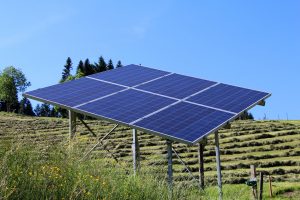 Solar energy storage is an important issue because solar is available only during day time. In order to provide the continuous availability of energy throughout the year, you must store the energy. Solar energy is a periodical energy source which means that the output must be taken when it is available. The stored energy is either used when it is needed or even transported to the places where it is required. Solar energy is more in summer than in winter. Solar power is seasonal, particularly in northern/southern climates, away from the equator, suggesting a need for long term solar energy storage method.
Solar energy storage is an important issue because solar is available only during day time. In order to provide the continuous availability of energy throughout the year, you must store the energy. Solar energy is a periodical energy source which means that the output must be taken when it is available. The stored energy is either used when it is needed or even transported to the places where it is required. Solar energy is more in summer than in winter. Solar power is seasonal, particularly in northern/southern climates, away from the equator, suggesting a need for long term solar energy storage method.
Energy storage method using salts
Molten salts are used to store the solar energy at high temperature.
Since salts are low-cost, have a high specific heat capacity and can deliver heat at temperatures compatible with conventional power systems they are used
as an effective storage medium. This method of energy storage is allowing to store 1.44TJ in its 68m3 storage tank, enough to provide full output for close to 39 hours with an annual storage efficiency of about 99%.
Using pumped-storage hydroelectricity
Pumped-storage hydroelectricity is a type of solar energy storage. In this method, the energy is stored in the form of water, it is pumped when excess electricity is available, from a lower elevation reservoir to a higher elevation one. The energy is recovered when demand is high by releasing the water: the pump becomes a turbine, and hydroelectric power is generated by the motor.
Artificial photosynthesis
Artificial photosynthesis refers to the use of nanotechnology to store the solar energy in chemical bonds, by splitting water to produce hydrogen fuel or combining with carbon dioxide to make bio polymers such as methanol. Many research projects on artificial photosynthesis are trying to operate under a variety of atmospheric conditions.
 The important reason to use solar energy is that, the solar energy has less impact on environment when compared other fossil fuel and non-renewable resources. The comparison between the solar energy and other non renewable energies are given below:
The important reason to use solar energy is that, the solar energy has less impact on environment when compared other fossil fuel and non-renewable resources. The comparison between the solar energy and other non renewable energies are given below:
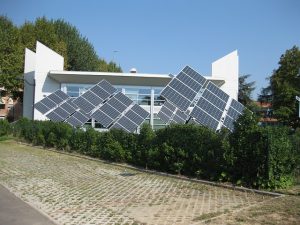 Renewable energy is a natural energy that has an infinite supply. Renewable energy source capture the energy from on going natural processes, existing flows of energy, etc.
Renewable energy is a natural energy that has an infinite supply. Renewable energy source capture the energy from on going natural processes, existing flows of energy, etc. A solar cooker is a device which uses the energy from sun to heat or cook the food. The solar cooker is also known as Solar oven. The principles used in solar cooker are concentrating sunlight, converting light to heat, trapping heat and greenhouse effect.
A solar cooker is a device which uses the energy from sun to heat or cook the food. The solar cooker is also known as Solar oven. The principles used in solar cooker are concentrating sunlight, converting light to heat, trapping heat and greenhouse effect.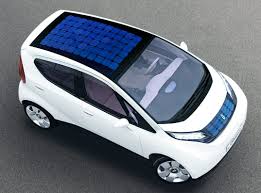 Solar vehicle is powered completely by direct solar energy. Solar panel present in the vehicle contains solar cells which will convert solar energy into electric energy. Solar energy is used to power all or some parts of a vehicle’s propulsion. Solar vehicles are not used as day-to-day transportation device. Indirectly solar-charged vehicles are distributed and solar boats are available commercially.
Solar vehicle is powered completely by direct solar energy. Solar panel present in the vehicle contains solar cells which will convert solar energy into electric energy. Solar energy is used to power all or some parts of a vehicle’s propulsion. Solar vehicles are not used as day-to-day transportation device. Indirectly solar-charged vehicles are distributed and solar boats are available commercially.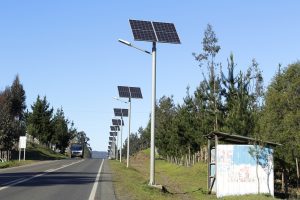 Solar street lighting system is a system for illumination of streets, squares and cross roads. The solar energy is converted into electricity with the help of solar panels. The converted energy is stored in the battery and used for street lighting during night time.
Solar street lighting system is a system for illumination of streets, squares and cross roads. The solar energy is converted into electricity with the help of solar panels. The converted energy is stored in the battery and used for street lighting during night time.
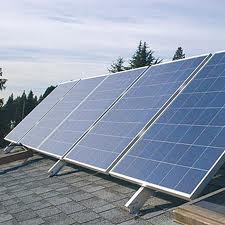 The usage of solar power system reduce the electricity bills and installation of the solar panel is more efficient and affordable. There are three criteria to be considered during installation of the solar panel. They are exposure to the sun, roof size and roof sloop.
The usage of solar power system reduce the electricity bills and installation of the solar panel is more efficient and affordable. There are three criteria to be considered during installation of the solar panel. They are exposure to the sun, roof size and roof sloop.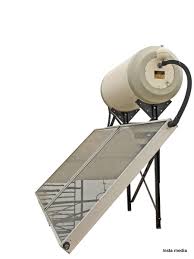 The use of solar energy has been drastically increased over the past few years. As oil price rises, people are looking for alternative energy sources in order to save money. Currently, solar energy is used in homes for many purpose. Here are some of the application of solar energy in everyday lives of people.
The use of solar energy has been drastically increased over the past few years. As oil price rises, people are looking for alternative energy sources in order to save money. Currently, solar energy is used in homes for many purpose. Here are some of the application of solar energy in everyday lives of people. Solar energy storage is an important issue because solar is available only during day time. In order to provide the continuous availability of energy throughout the year, you must store the energy. Solar energy is a periodical energy source which means that the output must be taken when it is available. The stored energy is either used when it is needed or even transported to the places where it is required. Solar energy is more in summer than in winter. Solar power is seasonal, particularly in northern/southern climates, away from the equator, suggesting a need for long term solar energy storage method.
Solar energy storage is an important issue because solar is available only during day time. In order to provide the continuous availability of energy throughout the year, you must store the energy. Solar energy is a periodical energy source which means that the output must be taken when it is available. The stored energy is either used when it is needed or even transported to the places where it is required. Solar energy is more in summer than in winter. Solar power is seasonal, particularly in northern/southern climates, away from the equator, suggesting a need for long term solar energy storage method.